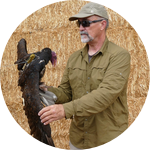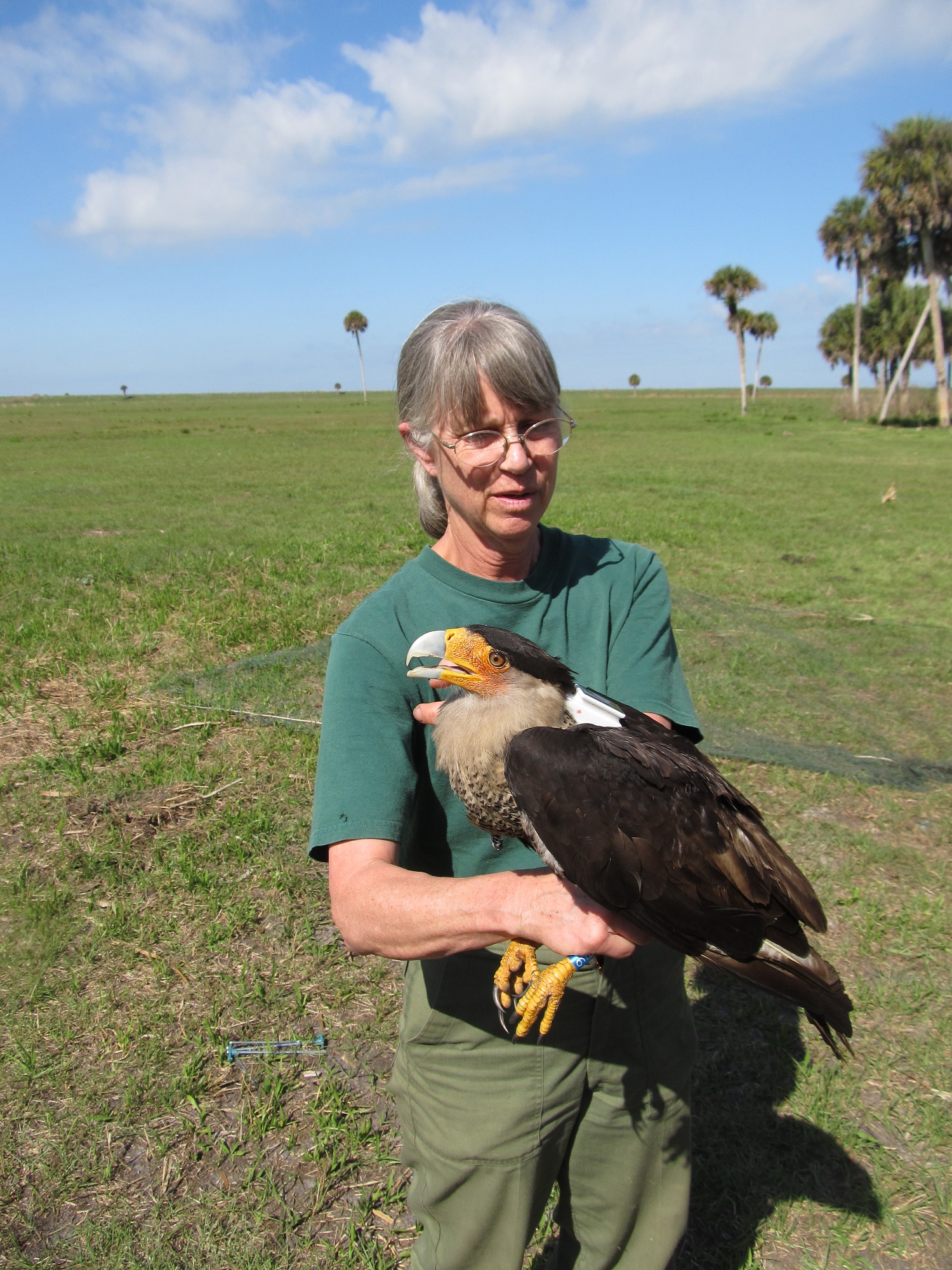About This Project
The initial phase of our project involves investigating the large groups of caracaras that winter in central Arizona. We will tag individual caracaras with solar-powered GPS transmitters then track them throughout the year to discover where they go in the summer months, and hopefully, their nesting sites. Thank you to all our donors so far! Additional funding will be used to conduct genetic analyses as we begin to unravel the evolutionary history of this species in North America.
Ask the Scientists
Join The DiscussionWhat is the context of this research?
The next step in our caracara research involves understanding more about genetic relationships among the various populations. We know the Florida population is apparently isolated, but how did that population become established in Florida, and what is the relationship among caracaras in Florida, Texas, Arizona, and Mexico? We can begin to address these questions using DNA obtained from blood samples taken from captured individuals. With many samples already in hand from Florida and some from Texas and Mexico, we are ready to begin genetic analyses. DNA samples obtained from caracaras captured in Arizona as part of our telemetry work will enhance this aspect of our research.
What is the significance of this project?
All species of caracaras (there are 9!) have been little studied. Thus, evolutionary relationships among species and populations are unknown. Our colleagues at the University of Arizona already have worked out the procedures for analyzing caracara DNA, and future funding will help us launch this aspect of our research. These genetic analyses will be the first ever conducted on any species of caracara, and we hope to begin to unravel evolutionary relationships at least among populations of the Crested Caracara in North America. Knowing about the genetic diversity of various caracara populations will better inform conservation and management of this unique raptor in areas where this might be needed.
What are the goals of the project?
The goal of this additional aspect of our research is to begin to understand genetic diversity and evolutionary relationships among caracaras in North America. We will address this goal by conducting genetic analyses using samples already in hand from Florida, Texas, and Mexico. Our telemetry studies in Arizona should help us find out whether caracaras move around the Southwest and perhaps into Mexico. If they do, we predict those populations will be related, genetically. The Florida population apparently is isolated, however, so we predict we might find some genetic differences in this population.
Budget
We are thrilled to have reached our initial funding goal! Additional funds will allow us to expand the project, and this new goal is to conduct genetic analysis of caracara populations, to understand evolutionary relationships among them. Also, we particularly wish to evaluate the genetic diversity of the Florida population, which we believe has been isolated from other caracara populations for several millennia. We already have in hand samples of DNA from over 200 caracaras in Florida, some samples from caracaras in Texas and even a few samples from caracaras in Mexico. Adding samples from the birds we capture in Arizona will help us address questions of relatedness among populations and to unravel the species' evolutionary history. Additional funds will be used to cover the costs of DNA analysis to be performed by our colleagues at the University of Arizona.
Endorsed by
Meet the Team
Affiliates
Team Bio
Given my extensive research on caracaras in Florida, I am currently recognized as the expert on this species. My team includes Rich Glinski, one of the most knowledgeable and respected raptor biologists in AZ and author of The Raptors of Arizona (1998). Rich has experience trapping many raptor species. Doug Jenness, member of AZ Field Ornithologists, has been recording observations of caracaras in the state for years. We all met in Tucson, over lunch, to talk about our favorite raptor.
Joan L. Morrison
I have been passionate about birds since I was 6 years old. Always up for a challenge, I began working on caracaras in Florida, which had never been studied anywhere, for my PhD research at the University of Florida in the 1990s. Caracaras there are listed as threatened because of habitat loss and a concomitant population decline. Raptors have intrigued me since the 1980s, when I began working as a field assistant for my mentor, who then was studying a species of hawk in New Mexico. So when I got to Florida, I thought I knew about raptors and could easily study the caracaras. Boy was I wrong! Caracaras are very smart, living as both predators and scavengers. I quickly discovered that many of the capture and study methods used on other raptors don't work on caracaras. Capturing them was a challenge! But my team and I developed a successful method, and so I have continued to study these birds for over 20 years. Even after I earned my PhD and began working as a professor at Trinity College in Connecticut, I continued my research in Florida, sponsoring a PhD student and a post-doctoral student who explored other aspects of the research. Together we have published scientific papers on the caracara's breeding biology, food habits, movements, survival, and habitat associations and we have presented at many national conferences including the annual meeting of the Raptor Research Foundation. One unexpected finding was that Florida's caracaras seem to prefer nesting and foraging in human-managed landscapes such as agricultural lands and cattle ranches, rather than in native prairie grasslands. This situation makes for a positive working partnership among ranchers, scientists, and wildlife managers, who focus on reducing threats to Florida's caracara population. We work together to understand land management actions that favor caracaras and their habitats. A video describing my research in Florida can be found here.
Doug Jenness
Ever since I saw my first Crested Caracara at the Santa Cruz Flats in 2003, I've been curious about their movements and distribution in Arizona. For a long time I've been maintaining a data sheet recording their appearance throughout the state. In 2014-15 I prepared an article summarizing what's known about this species in Arizona, Crested Caracara in Arizona: Background and Recent Expansion. Jenness, D. 2015. Arizona Birds Online. http://www.azfo.org/journal/CR...I was a founding member of the Arizona Field Ornithologists in 2005 and have been active on its Board of Directors ever since.
Rich Glinski
Rich Glinski has investigated raptors in Arizona, the Southwest and the West for the last 45 years. He has written / edited three books on them and published numerous scientific and popular articles on Southwestern ecology. Doug Jenness sparked his interest in Arizona's caracara population.
Additional Information
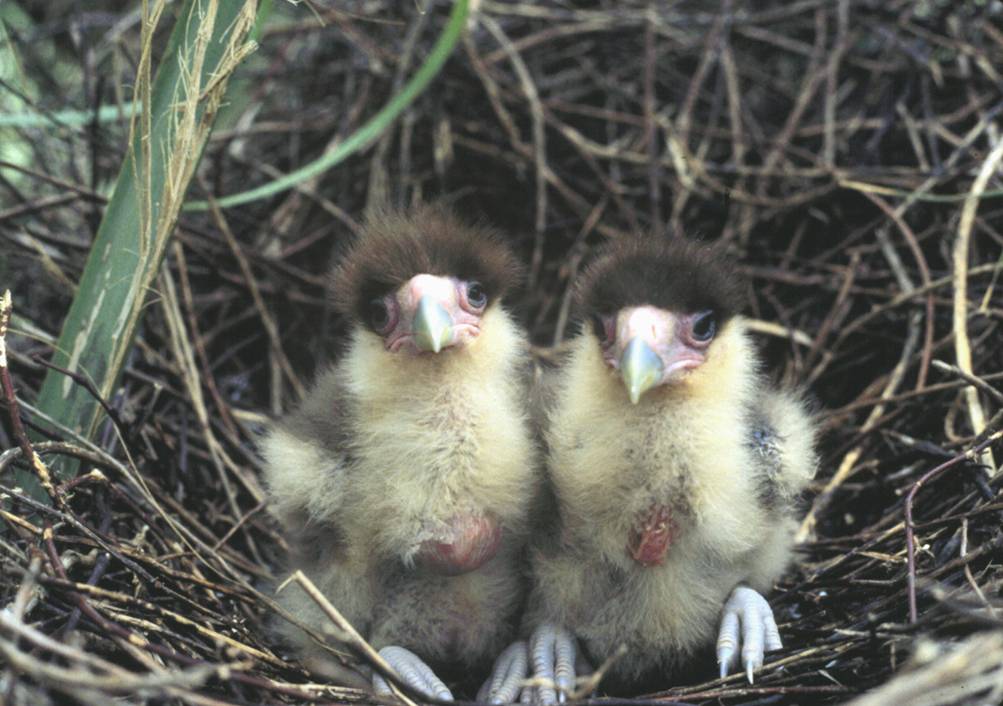
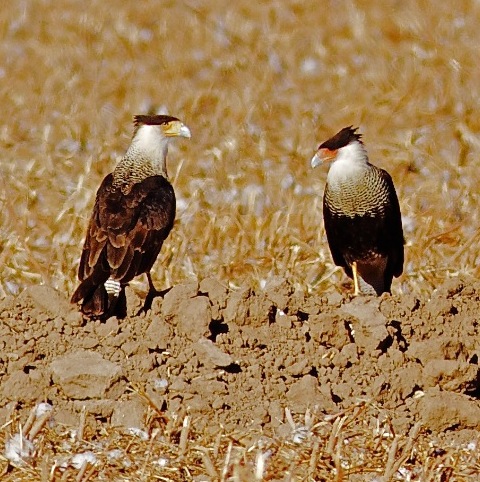
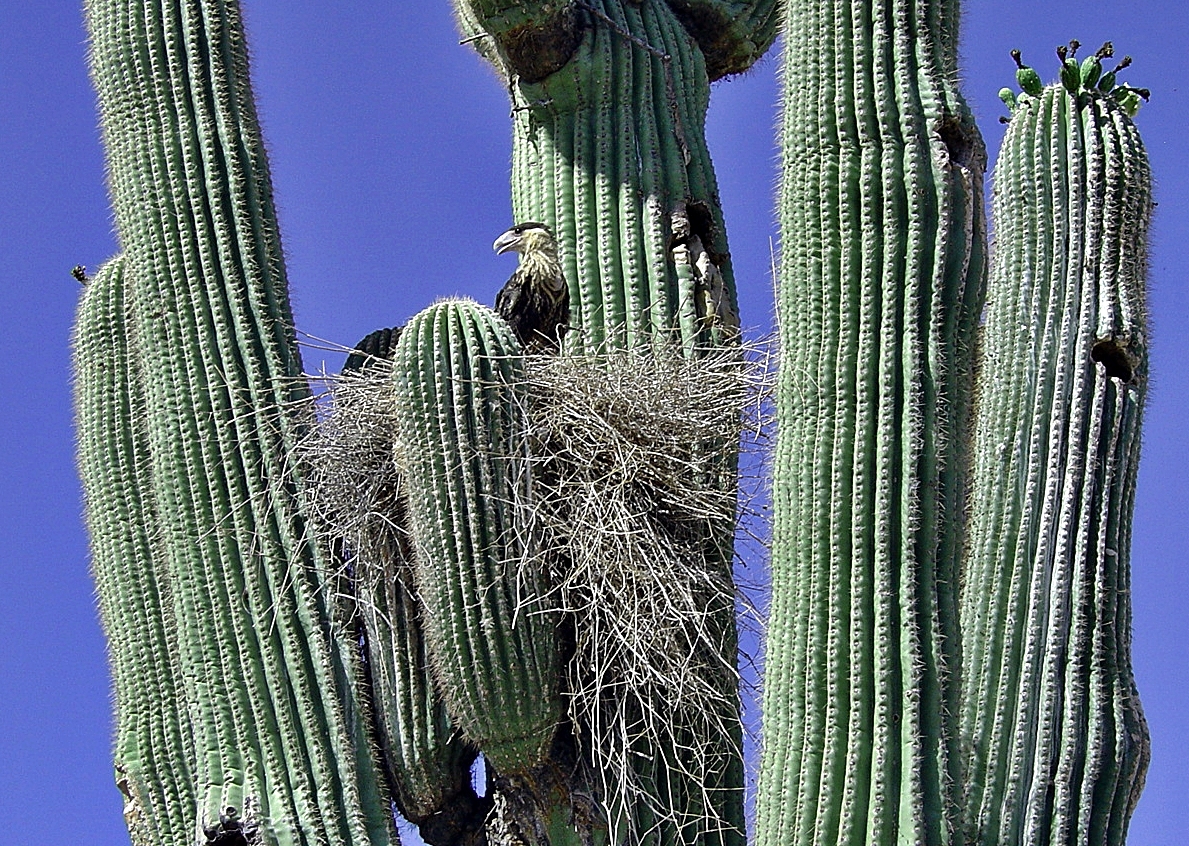
Project Backers
- 20Backers
- 167%Funded
- $8,392Total Donations
- $419.60Average Donation



